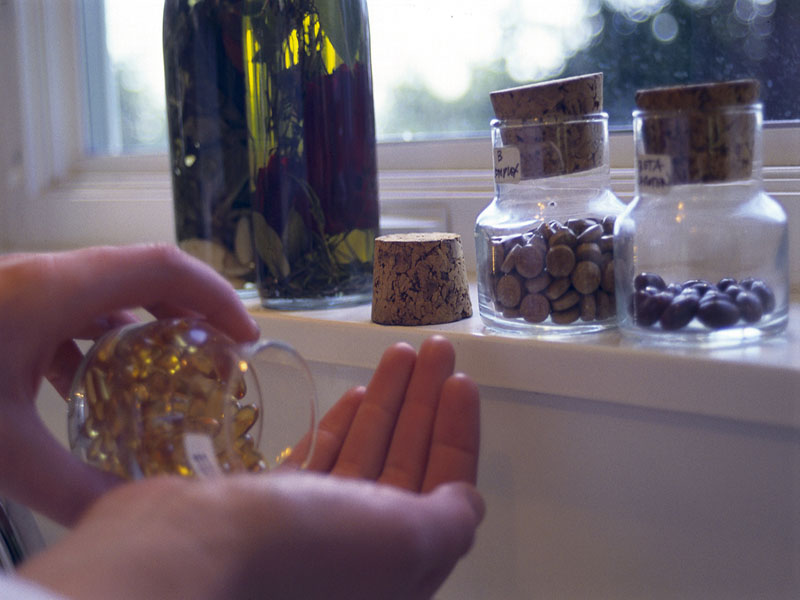
When it comes to vitamin D supplements, it’s possible that Americans may be getting too much of a good thing, new research suggests.
In 2014, just over 3 percent of U.S. adults took more than 4,000 international units (IUs) of the vitamin daily, exceeding the upper limits of what is considered safe, the researchers said. In 2007-2008, only 0.2 percent did that.
For perspective, the recommended daily amount of vitamin D is only 600 IUs for adults aged 70 and younger. For those over 70, the recommendation is 800 IUs a day.
“More may not always be better with vitamin D,” said study author Mary Rooney, a doctoral student at the University of Minnesota in Minneapolis.
“There’s not much research on longer-term health outcomes on high-dose supplements,” she said. But studies have hinted at potential harm, such as excess calcium in the blood, which can cause deposits in blood vessels, Rooney and her colleagues said.
One reason people may be taking so much extra vitamin D is concern about getting too little of the vitamin. The vitamin is crucial for good bone health, according to the researchers.
Vitamin D is known as the sunshine vitamin because the body makes it naturally when exposed to sun. It’s also found in fortified foods such as milk, and naturally in fatty fish such as salmon, Rooney said.
Registered dietitian Samantha Heller is a senior clinical nutritionist at NYU Langone Medical Center in New York City.
Heller said that appropriate vitamin D levels have been linked to lower risks of certain cancers, early death, depression in adolescents, type 2 diabetes, and improved heart health and immune system regulation.
But she noted that vitamin D deficiencies are common worldwide, and said many people may need to take vitamin D supplements to get sufficient amounts.
“Our bodies are designed to get the bulk of our vitamin D from the sun,” said Heller, who wasn’t involved with the study. “However, the use of sunscreen — a necessary and important step in the prevention of skin cancers — indoor jobs, less outdoor activities, aging and obesity are just some of the reasons so many of us have low levels of vitamin D.”
But Rooney and her colleagues are concerned that the pendulum may have swung too far in the other direction, and that some people may be taking too much vitamin D.
The researchers looked at information from national surveys that included nearly 40,000 people. The surveys were taken beginning in 1999 and continued through 2014.
In 1999-2000, 0.3 percent of U.S. adults took 1,000 IUs or more of vitamin D daily. By 2013-2014, slightly more than 18 percent of adults were taking that much vitamin D daily.
In 2007-2008, 0.2 percent of Americans took 4,000 IUs or more daily. By 2013-2014, that number was 3.2 percent, the study found.
The researchers said the trends of increasing use of supplemental vitamin D were found across most age groups, genders, races and ethnicities. People over 70 were most likely to take more than 4,000 IUs daily. Women and whites were also more likely to take the higher amounts of vitamin D.
Rooney suggested talking with your doctor before taking high doses of vitamin D or other supplements.
The study was published as a research letter in the June 20 issue of the Journal of the American Medical Association.
More information
See the U.S. National Institutes of Health Office on Dietary Supplements for more on vitamin D.
Source: HealthDay

Leave a Reply